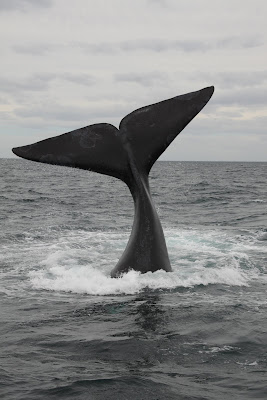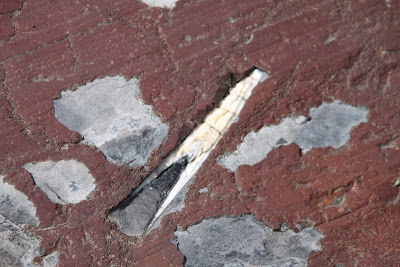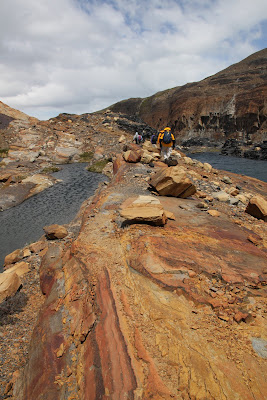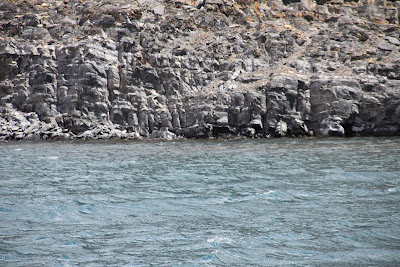The cacophony of vehicle horns and ring-rings blares from rickshaws, motorcycles, autos, and other vehicles maneuvering without the slightest care or attention to traffic rules, pedestrians, and the free-ranging livestock that over-capacitate the streets. The fumes from these vehicles and burning rubbish on the roadside permeate the air, and this pollution is compounded by the thick dust and odors that plague many Indian urban centers. Movement leaders and party representatives gather crowds on street corners and preach their propaganda through obnoxiously loud speakers, earning the supportive chants of followers as fists are thrown in the air. The economic activity is remarkable despite being the center of one of the poorest districts in all of India. Vendors for nearly every imaginable good line the colorful market streets, engaging in the daily transactions that keep their businesses running. Strings of fluorescent, metallic packets of shampoos and tobacco flap beneath the kiosk windows. The merchant of diesel pumps counts the notes for a recent payment, while across the way, a woman inquires about the cost of a live chicken-one of the many stuffed in the displayed cages. She’s certainly one of the better off to afford such a luxury. Crude photo kiosks line the gates to the district magistrate’s head quarters, and a couple, without revealing the slightest trace of emotion on their blank faces, are seated in front of a dusty black cloth as the moment is captured with a massive, ancient contraption, resembling a harmonium, that must be the camera. Nearby, a vendor manually squeezes out the juice from sugar cane through another winding contraption and adds some cilantro, lemon, and salt before serving it to a waiting customer. It’s another Monday morning in Gaya town.
 Poultry farmers selling live chickens for meat
Poultry farmers selling live chickens for meat
 C'est la vie en l'Indie
C'est la vie en l'Indie
 Women undergoing vocational training in an army camp institute
Women undergoing vocational training in an army camp institute
 Freshly squeezed sugar cane juice
Freshly squeezed sugar cane juice
 Getting my passport photos taken the old fashioned way...good times!
Getting my passport photos taken the old fashioned way...good times!
 Filling in the negative....
Filling in the negative....

Final development of the photo...fascinating!
This month, we’ve been tasked with developing the livelihood interventions for our clients living in extreme poverty based on a market study done in the latter part of 2010. The questions we are aiming to answer include: What are the livelihood activities that are the most income efficient but can be initiated immediately to generate cash and help meet the consumption needs of today? Which livelihood activities can be initiated to diversify and supplement the income streams three to five months down the line? What comprises the start-up of each of the proposed initial activities? What do the business plans and financial models look like? How does this influence the design of a production loan that we intend to offer our clients? My work these last couple of weeks has centered around these questions, and answering them has involved a series of meetings with wholesalers and traders among other key value chain actors in the agarbatti (incense stick), livestock, agriculture, and artisanal sectors. The costing data required to assemble a financial model has been the most challenging aspect of this work because of the inconsistencies in the information provided by the different market players coupled with general fluctuations in market prices. And so, our work continues in this regard as we assemble individual livelihood plans that comprise the modeling and answers to the questions posed above.
During my downtime in the evenings here, I resort to watching TV, flipping between 9XM (India’s Bollywood version of MTV) and the BBC. Yesterday evening on BBC’s Hard Talk, Stephen Sackur interviewed the Executive Director of the Fairtrade Foundation, Harriet Lamb, and challenged her with the question of whether developmental organizations, in their desperate attempts to find quick solutions to very large, systemic problems, ultimately ending up sustaining the unsustainable conditions that may nurture poverty. As we struggle to find solutions for the poorest, as my department is so aptly named, I can’t help wondering the same thing- at least with regard to some of our own proposed interventions.
 Village meeting in the morning cold of Gaya
Village meeting in the morning cold of Gaya

Daughter of one of our households
These concerns are heightened when we are occasionally reminded of more fundamental flaws in the system from which spring the provocations of poverty. The system can range from international trade policy to village level politics. What have been some propositions to change such systems (or just parts of it) that propagate poverty? Gandhi’s political philosophy of Sarvodaya, the welfare of all, preached a “social ideal that encompassed the dignity of labor, an equitable distribution of wealth, communal self-sufficiency, and individual freedom.” The concept that the good of the individual is contained in the good of all was complemented by Gandhi’s adherence to a nonviolent (ahimsa) struggle. Around the same period, another character had arisen to power, Mao Tse-tung (Zedong), whose inspiration from Marxism resulted in an as red Maoism. Beginning with his “Report on the Peasant Movement in Hunan,” Mao sought to overcome feudal and imperial suppression through violent revolution with an army of peasants and industrial workers. To take from the rich (‘enemies of the people’ amounted to 5% of China’s population), put in the mildest of words, Mao believed in redistributing this wealth to all by any means: “Revolution is not a dinner party, nor an essay, nor a painting, nor a piece of embroidery; it cannot be advanced softly, gradually, carefully, considerately, respectfully, politely, plainly, and modestly. A revolution is an insurrection, an act of violence by which one class overthrows another.” While socialism, in theory, may have sounded like a viable solution from an eradication of poverty point of view, in practice, it failed miserably, and particularly in the case of Maoism, which utilized extremely inhumane methods. The violent nature of his dictates is widely believed to have caused the deaths of between 40 and 70 million people. Still, Mao continued, “let us imagine how many people would die if war breaks out. There are 2.7 billion people in this world, and a third could be lost. If it is a little higher, it could be half…I say that if the worst came to the worst and one half dies, there will still be one half left, but imperialism would be razed to the ground and the whole world would become socialist. After a few years, there would b e 2.7 billion people again.”
At what cost can systems be changed, and by what means? Are we already witness to a gradual, yet subtle change more closely aligned with Gandhian principles? At our project’s last advisory council discussion, when I expressed my frustrations over the causes of poverty and how much more effective our interventions could be if only the system were more conducive to the needs of the poorest, one member responded, “Well, should it be Gandhi or Zedong?” But, really, is it none of the above as is? And so, I set aside my idealism and resign to contentment if we can, at the very least, facilitate the gradual progression of our small target population on a pathway out of poverty. Perhaps they can now be assured enough meals in a day today, as a result, but my hope lies in the potentially more profound impact from today’s efforts in bettering the lives of their children and children’s children. Because at this rate, it will take that long, but at least change is now foreseeable.
 let's hope for a better future
let's hope for a better future
 Adorable sea lions swimming to shore
Adorable sea lions swimming to shore

 About to wrestle or mate? Is there a difference?
About to wrestle or mate? Is there a difference?
 The Orca
The Orca
 Patagonian Penguins
Patagonian Penguins
 Sunabthing penguin
Sunabthing penguin
 Whale tail, thrust into the air
Whale tail, thrust into the air











































